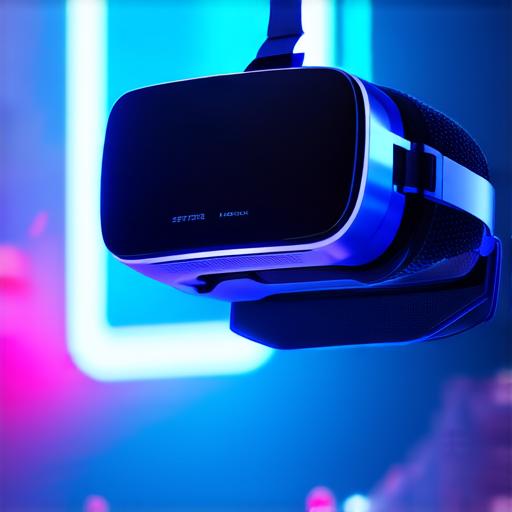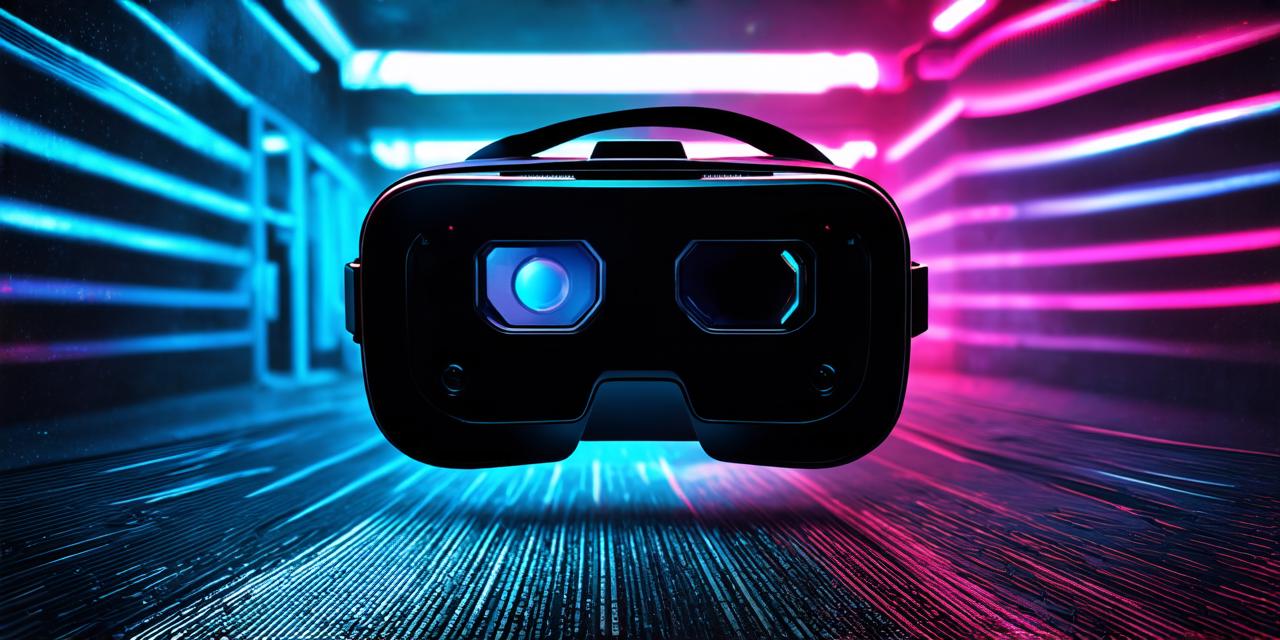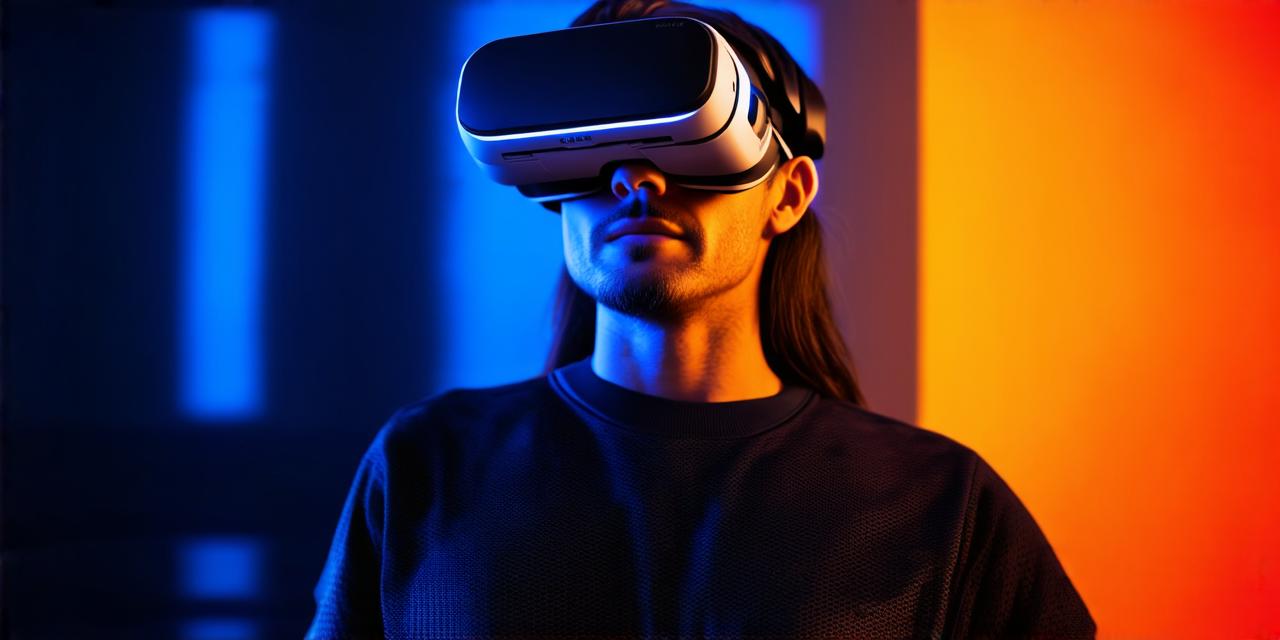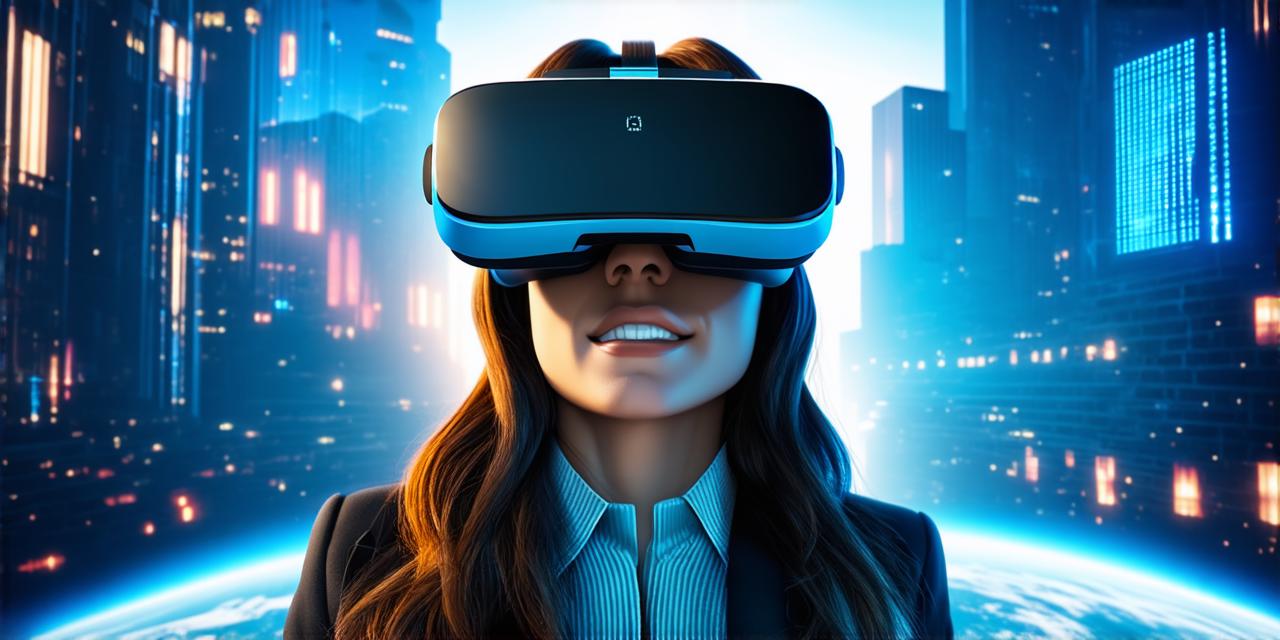Introduction
Virtual Reality (VR) has revolutionized the way we consume media, particularly films. This technology offers an immersive experience that transcends traditional viewing methods. Let’s delve into the aspects that contribute to this immersive nature when viewing films in VR.
Spatial Presence and 360-Degree Viewing
One of the most significant factors is spatial presence, achieved through 360-degree viewing. Unlike traditional cinema where the viewer is confined to a specific angle, VR allows users to look around freely, creating a sense of being within the film’s world. This freedom of movement enhances engagement and immersion, making viewers feel more connected to the story and characters.
Interactivity and User Control
Interactivity is another key aspect that enhances the immersive nature of VR films. Users can interact with the environment, objects, or characters in real time, creating a sense of control and active participation. This level of engagement deepens the emotional connection viewers have with the story, making them feel more invested in the outcome.
Stereoscopic Rendering and 3D Audio
Stereoscopic rendering and 3D audio are crucial elements that contribute to the immersive experience. Stereoscopic rendering creates a three-dimensional effect, making objects appear as if they are in the same space as the viewer. This depth perception enhances the sense of realism and immersion. Similarly, 3D audio provides a spatial sound environment, allowing sounds to come from specific directions, further enveloping viewers in the film’s world.
Haptic Feedback and Sensory Integration
Haptic feedback and sensory integration are emerging technologies that promise to take immersion to new heights. Haptic feedback simulates touch sensations, allowing users to feel textures, temperatures, or even physical interactions within the virtual environment. Sensory integration aims to synchronize visual, auditory, and tactile inputs, creating a more cohesive and immersive experience.
Emotional Connection and Personalization

Lastly, emotional connection and personalization play vital roles in enhancing the immersive nature of VR films. By tailoring content to individual preferences, VR can create deeply personal experiences that resonate emotionally with each viewer. This level of personalization can foster a stronger emotional bond between the viewer and the story, further increasing immersion.
Conclusion
In conclusion, the immersive nature of Virtual Reality in film viewing is a result of several factors, including spatial presence, interactivity, stereoscopic rendering, 3D audio, haptic feedback, sensory integration, emotional connection, and personalization. As VR technology continues to evolve, we can expect these aspects to become even more refined, offering increasingly immersive experiences for film enthusiasts.



